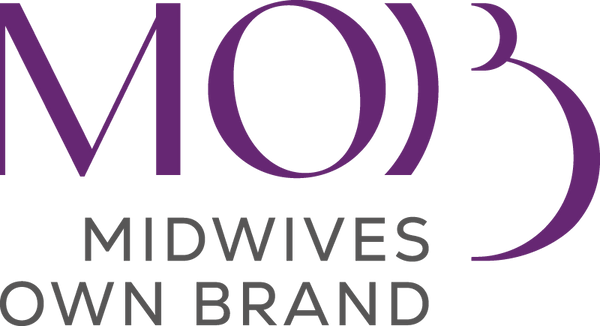
Navigating Caesarean (C-Section) Birth
Lucy SutherlandShare
Every birth journey is unique, and Caesarean sections (C-sections) are no exception. Whether planned or an emergency, understanding the process can alleviate anxiety and empower expectant parents to navigate this pivotal moment with confidence. Here’s what to expect at different stages of a caeserean birth journey.
Preparing for a Planned Caesarean
If you’re scheduled for a planned or elective Caesarean, your journey typically begins with a pre-surgery appointment at the hospital. Here’s what you can anticipate:
- Pre-Surgery Preparation: You will arrive at the hospital approximately two hours before the scheduled surgery. Your doctor will discuss the procedure, risks, and reasons for the surgery, and necessary consent forms will be signed.
- Medical Checks: Blood will be collected for type and cross-matching, your vital signs will be assessed, and your baby's heartbeat will be monitored.
- Preparation for Surgery: You may be asked to wear white stockings to prevent blood clots, and if necessary, the lower abdomen may be shaved. Changing into a surgical gown is typically required.
- Support Partner Preparation: If you have a support partner, they will be provided with surgical attire to accompany you into the operating room.
Emergency Caesarean: A Different Path
In the case of an emergency Cesarean, the timeline is expedited:
- Urgent Response: Emergency Caesareans are prioritised based on the severity of the situation. Category 1 Caesareans, deemed life-threatening, and for completion within 30 minutes, while Category 2 procedures are typically done within an hour of decision-making.
- Anaesthetic Considerations: There may not be time for regional anesthesia like an epidural or spinal block, you may need general anesthesia in some cases.
Recovery and Beyond
Post-surgery, your focus shifts to recovery and bonding:
- Immediate Post-Surgery: You will spend approximately an hour in recovery, where your condition will be closely monitored. Skin-to-skin contact with your baby should be facilitated to promote bonding and breastfeeding initiation.
- Medical Care: Expectations during recovery include a urinary catheter, calf compression to prevent blood clots, intravenous fluids, pain management, and monitoring for normal bleeding.
- Emotional Support: It’s normal to have mixed emotions after a Caesarean birth. Whether feeling relieved or disappointed, processing your experience with your healthcare providers, your partner or a trusted friend can aid emotional healing.
Pain Management and Breastfeeding
- Pain Relief: Pain management post-caesarean is crucial. Discuss pain relief options with your healthcare team and maintain regular medication as prescribed
- Breastfeeding: Breastfeeding after a caesarean may require adjusting positions for comfort. Seek guidance from lactation consultants or helplines for support
Positions you might find useful for breastfeeding after caesarean birth are:
- sitting with a pillow on your lap to support your baby and protect your wound
- lying down on your side
- holding baby underarm with baby’s feet towards your back – the ‘football’ position
Seeking Help
If you’re experiencing emotional distress post-Cesarean, don’t hesitate to reach out for support. Organisations like Pregnancy Birth and Baby Helpline, Lifeline, beyondblue, and PANDA offer resources and counselling services.
In conclusion, caesarean births may deviate from the expected path, but with knowledge and support, parents can navigate these experiences with resilience and empowerment.
